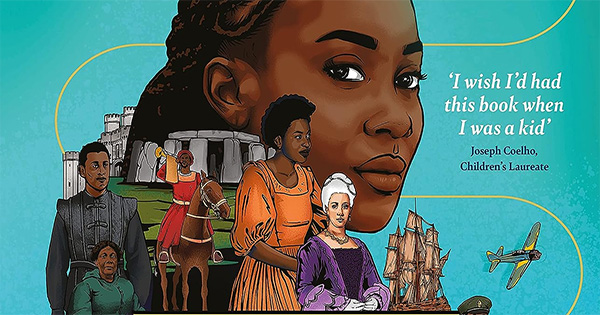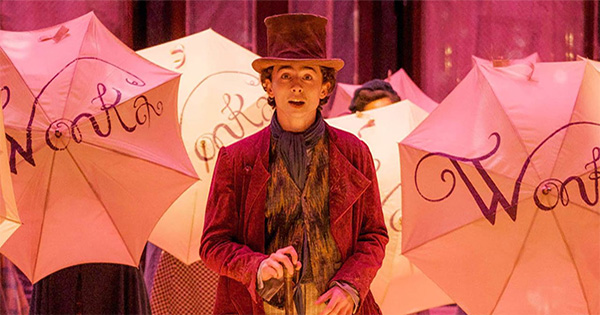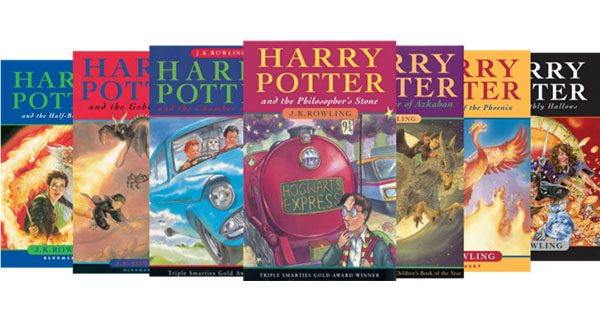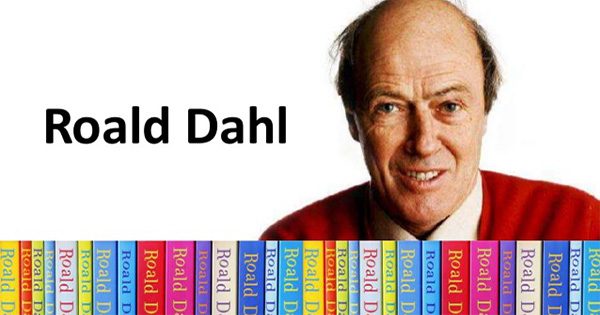In a recent study carried out by The Guardian, it was found that the most popular illustrated children’s books of last year were mainly male and white-dominated. The study also found that they featured very few BAME (black, Asian and minority ethnic) characters and tended to be more biased against girls.
Using data recorded by Nielsen BookScan, it was found that, of the top 100 children’s books of 2018, only five of the books feature BAME characters as a central role. A child is 1.6 times more likely to find a book with a male lead than a female, and seven times more likely to read a book with a male villain than a female one. Female lead characters outnumbered male characters in children’s books less than a fifth of a time.
A quarter of children’s book portrayed only white characters, while nearly 70% of the books that did feature BAME characters featured them as background characters with non-speaking roles. You Choose by Pippa Goodhart, illustrated by Nick Sharratt, and The Girl, the Bear and the Magic Shoes by Donaldson, illustrated by Monks were the only two books of 2018 to feature BAME girls in central roles. Only seven books in total featured BAME characters referred to by name.
The books which did feature BAME or female characters were still far less likely to have their characters speak when compared to white, make characters. In 100 books, only 11 BAME characters were had speaking parts and 79 female characters mentioned had lines, when compared with the 149 make characters who spoke. Books with make speaking roles rose 19% over the past year and one in five best sellers didn’t feature females at all.
While male characters dominate children’s best sellers, not one of the 100 books featured a BAME male character as it’s lead. More than a fifth of the best selling books were published in the last century and many of them feature only white, male characters.
Newer books are increasingly managing to break into the top hundred, but only 41% of the characters were female. “It’s really disappointing to see that things are getting worse, rather than better, and that newer books aren’t helping to make our kids’ bookshelves more balanced,” said Jess Day, from the gender equality campaign Let Toys Be Toys. “What we tell very young children has a strong influence – and what they’re seeing in books is a world where male is the default, male voices dominate and BAME characters are rarely at the centre of the story.”
None of the books featured a same-sex family and only one book, The Everywhere Bear, featured a disabled character. She is female but is white and does not speak or play a large role in the story. This lack of diversity was also reflected in the diversity of the book’s authors and illustrators. Not one author or illustrator was BAME and around two-thirds of the best selling authors and illustrators were white men.
Fantastically Great Women series of picture books author, Kate Pankhurst, said that authors and illustrators of children’s books have an obligation to include a diverse range of characters in their books, in order to avoid sending the message to young readers that only certain types of people have the ability to have agency and leadership qualities. “We have to question why that is seen as acceptable, when it isn’t,” she said.

New Children’s Book Reveals the Black History of the UK

Roald Dahl Estate Announces ‘Wonka’ Tie-in Novel

Harry Potter Book Purchased for 30p Sells for £10,500

Harry Potter Books to be made into new TV series


